Potted standard is dying, what to do?
philippos
9 years ago
Related Stories
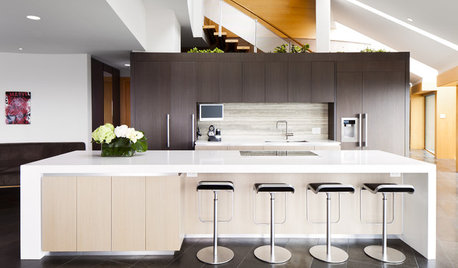
DECORATING GUIDESEasy Reference: Standard Heights for 10 Household Details
How high are typical counters, tables, shelves, lights and more? Find out at a glance here
Full Story
LIFEYou Said It: ‘Lower Your Standards’ and Other Quotables
Advice, tips and other comments that struck a chord in the run-up to the holidays
Full Story
CONTAINER GARDENSSolve Your Garden Border Dilemmas With Planted Pots
Set your containers free from the patio — placed among plantings in the ground, they fill unsightly gaps, let you experiment and more
Full Story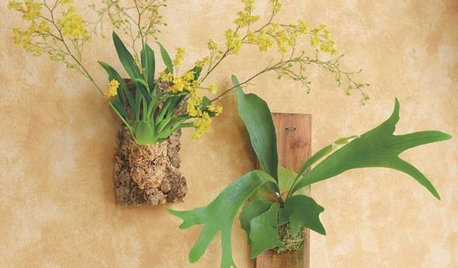
PRODUCT PICKSGuest Picks: 20 Uncommonly Attractive Pots and Planters
Cultivate some personality indoors with plant containers that are as unique as the greenery they hold
Full Story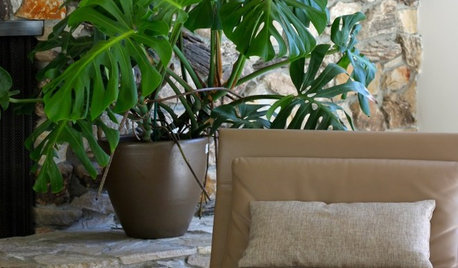
DECORATING GUIDESConjure a Jungle in a Pot
Sprawling, climbing and with primitive-looking leaves, philodendrons bring untamed beauty to even the most civilized homes
Full Story
HOUSEPLANTSOne Pot, One Big Shot of the Tropics
Give your rooms exotic flair in a single stroke. Tall Kentia palm fits the tropical bill beautifully
Full Story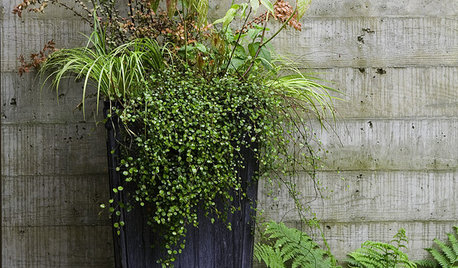
GARDENING GUIDESThe Secret Formula for Grouping Plants in a Pot
Designing a gorgeous container garden is easy once you know this simple rule of thumb for composition
Full Story
SPRING GARDENINGHow to Grow a Rose Garden in Pots
Everything can come up roses, even without a plot of soil in sight. This step-by-step guide to growing roses in containers shows you how
Full Story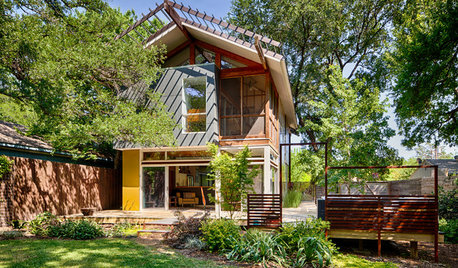
HOUZZ TOURSHouzz Tour: A Modern Garden Pavilion Sprouts Up on an Ex–Pot Farm
This compact Dallas house now connects to its leafy surroundings in a gorgeously irreproachable way
Full Story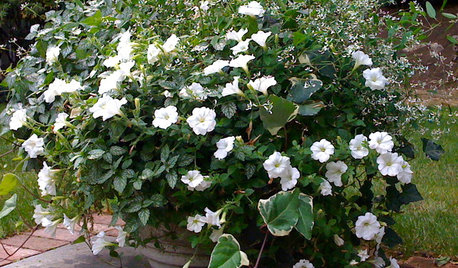
GARDENING GUIDES11 Perfect Plants for a Moonlit Garden — in Pots
Create an alluring after-dark aura on a patio or deck with container plants that glow white under the stars
Full Story





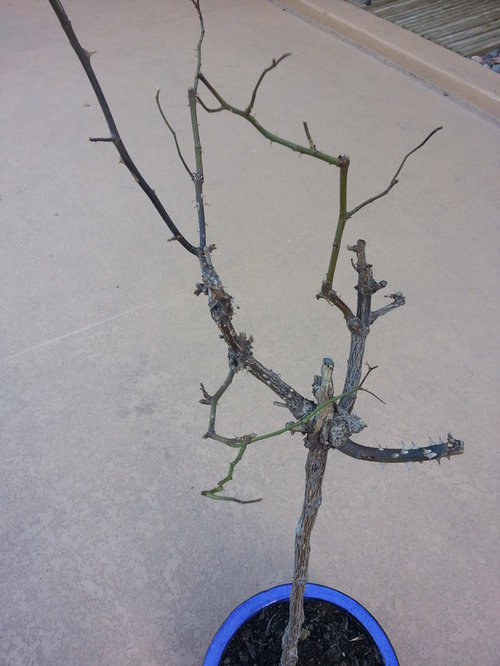

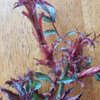
mzstitch
seil zone 6b MI
Related Professionals
Hershey Landscape Architects & Landscape Designers · Frisco Landscape Contractors · Peabody Landscape Contractors · Barrington Landscape Contractors · Dedham Landscape Contractors · Franklin Landscape Contractors · Madera Landscape Contractors · Norwalk Landscape Contractors · Salmon Creek Landscape Contractors · Setauket-East Setauket Landscape Contractors · Seven Hills Landscape Contractors · Soddy Daisy Landscape Contractors · West Haverstraw Landscape Contractors · Quartz Hill Landscape Contractors · North Hills Landscape Contractorsjim1961 / Central Pennsylvania / Zone 6
roseseek
roseseek
philipposOriginal Author
roseseek
philipposOriginal Author
roseseek
philipposOriginal Author
susan4952